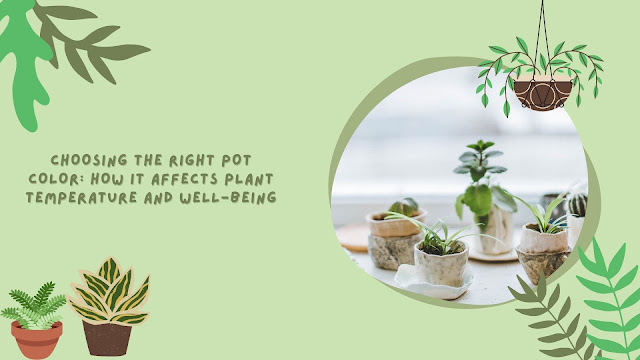Inspiring Plant Decor Ideas to Elevate Your Space

Plants are more than just a touch of green—they can transform a room, enhance your decor, and create a calming atmosphere. Whether you’re a plant enthusiast or simply looking to freshen up your living space, there are countless ways to incorporate plants into your home decor. Here are some inspiring plant decor ideas to help you make the most of your leafy friends. 1. Floating Plant Shelves Floating shelves are a modern way to display your plants without taking up floor space. Arrange a variety of plants on shelves of different heights to create a dynamic look. Choose sleek, minimalistic shelves for a contemporary vibe, or opt for rustic wooden shelves for a more earthy feel. This setup works well in living rooms, kitchens, and even bathrooms. 2. Hanging Planters Hanging planters are perfect for adding greenery to areas with limited floor space. They can be suspended from the ceiling or mounted on walls. Consider using macramé plant hangers for a bohemian touch, or sleek, geometric ha...




.jpg)